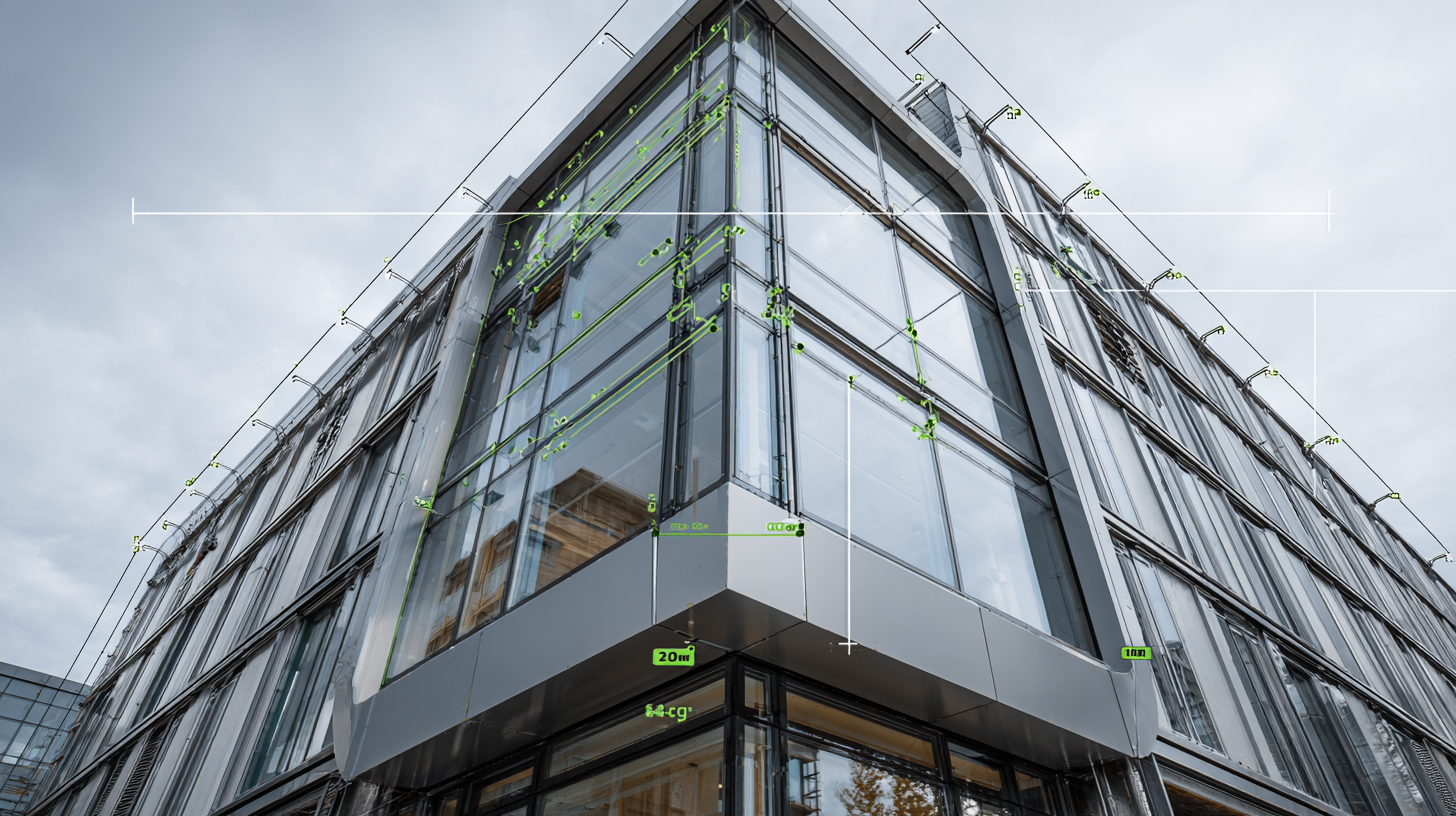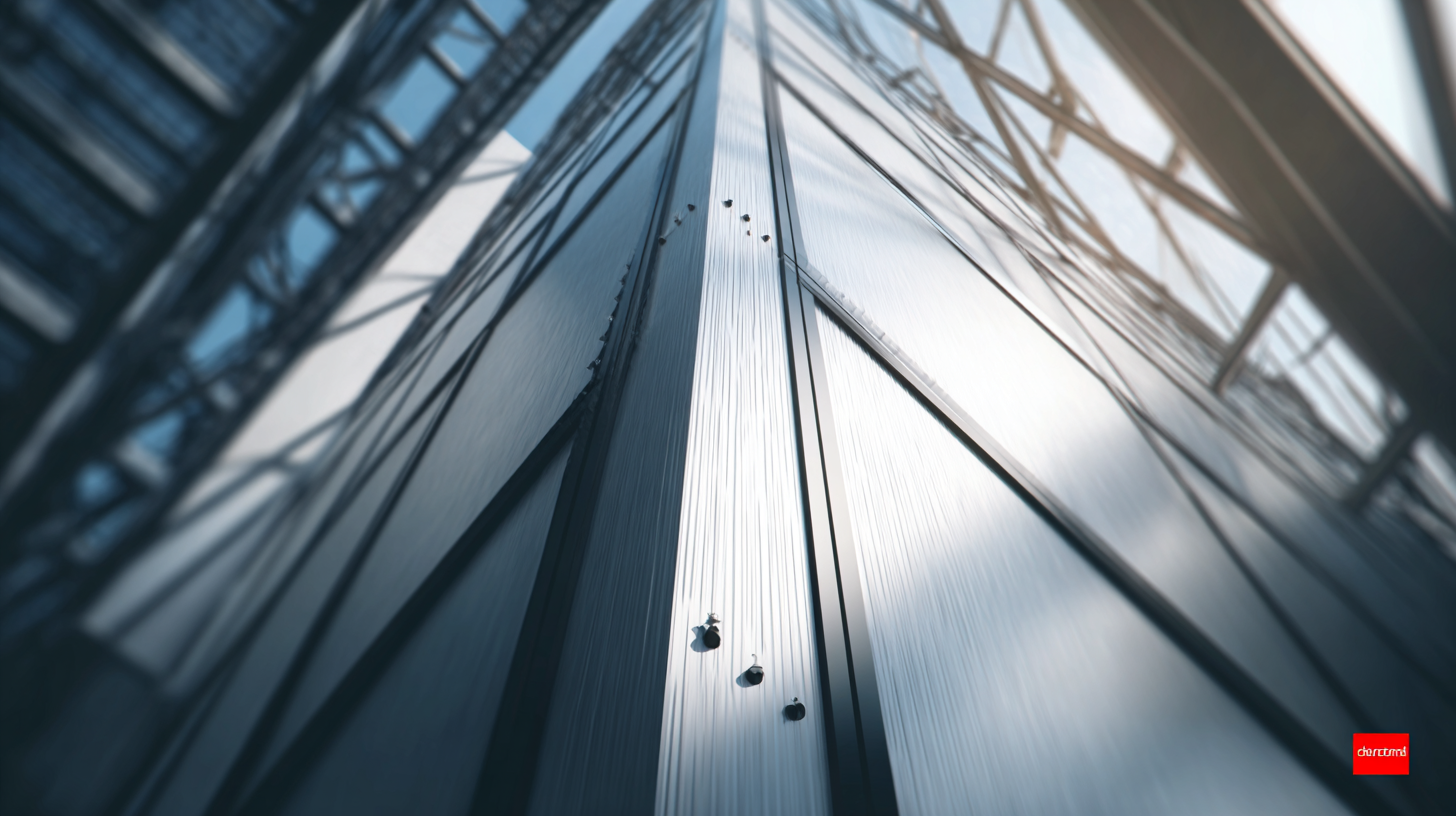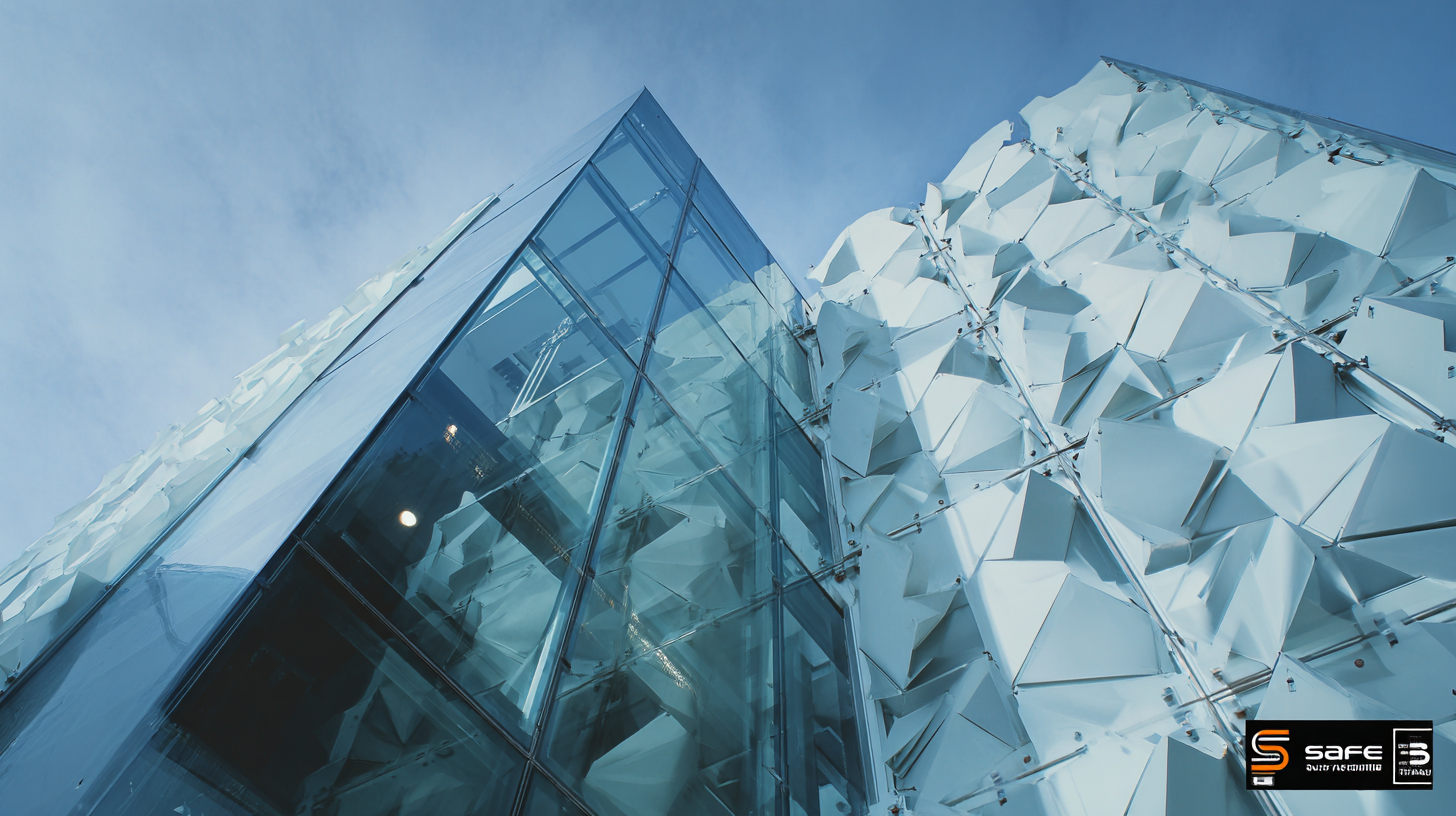In the realm of modern architecture, the choice of materials plays a pivotal role in both aesthetic appeal and structural integrity. Facade Aluminium Profiles have gained popularity due to their lightweight, durability, and versatility. According to a report by Smithers Pira, the global market for aluminium building facades is expected to reach $20 billion by 2025, highlighting the growing demand for high-performance architectural solutions. Architects are increasingly leaning towards these profiles to enhance energy efficiency and design flexibility, making it crucial to select high-quality manufacturers that can deliver not just material excellence, but also innovative design options. This comprehensive guide delves into the features and applications of the best Facade Aluminium Profiles, ensuring architects are well-equipped to make informed decisions that elevate their projects to new heights.

 Modern facade aluminium profiles are essential components in architectural design, offering a blend of aesthetic appeal and functional performance. These profiles are celebrated for their lightweight nature and high strength-to-weight ratio, making them ideal for a variety of building applications. According to a report by Research and Markets, the global aluminium facade market is projected to exceed USD 24 billion by 2025, underscoring the rising demand for durable and sustainable building materials. Their resistance to corrosion and low maintenance requirements enhance their appeal, particularly in urban environments where structures are exposed to harsh weather elements.
Modern facade aluminium profiles are essential components in architectural design, offering a blend of aesthetic appeal and functional performance. These profiles are celebrated for their lightweight nature and high strength-to-weight ratio, making them ideal for a variety of building applications. According to a report by Research and Markets, the global aluminium facade market is projected to exceed USD 24 billion by 2025, underscoring the rising demand for durable and sustainable building materials. Their resistance to corrosion and low maintenance requirements enhance their appeal, particularly in urban environments where structures are exposed to harsh weather elements.
In terms of design flexibility, contemporary aluminium profiles come in a myriad of shapes and finishes, allowing architects to create striking facades that align with their vision. The integration of thermal break technology not only improves energy efficiency but also optimizes thermal insulation, as stated in a recent study by the Aluminium Federation, which revealed that proper insulation can reduce energy consumption in buildings by up to 30%. Additionally, the ability to incorporate smart technologies into these profiles allows for the implementation of dynamic facades that can adapt to changing environmental conditions, further enhancing their functionality and sustainability.
Aluminium profiles have emerged as a game-changer in sustainable building projects, thanks to their strength, lightweight nature, and versatility. Architects are increasingly leveraging these innovative materials to create energy-efficient structures that seamlessly integrate functionality with aesthetic appeal. The reflective quality of aluminium not only enhances the architectural design but also helps in managing solar heat gain, contributing to reduced energy consumption. This makes aluminium profiles an ideal choice for façade systems, windows, and other building elements that require both durability and sustainability.
Moreover, the adaptability of aluminium profiles allows for creative applications in green architecture. From modular design solutions to custom shapes that optimize airflow and natural lighting, these profiles can be tailored to meet the specific demands of eco-friendly buildings. Their resistance to corrosion and low maintenance requirements further emphasize their sustainability credentials, reducing the long-term environmental impact of construction. As architects continue to prioritize eco-conscious designs, aluminium profiles stand out as essential components in achieving both aesthetic innovation and environmental responsibility.
The evolving landscape of facade design is increasingly influenced by the 2025 trends in the architectural and structural engineering industries. As professionals embrace innovative technologies and sustainable practices, facade aluminium profiles are adapting to accommodate these advancements. Architects are now looking for versatile profiles that not only enhance aesthetic appeal but also provide energy efficiency and resilience against environmental challenges.
When selecting facade materials, consider the following tips: First, prioritize sustainability by choosing aluminium profiles that incorporate recycled materials and can be easily repurposed. This aligns with the increasing demand for greener building solutions. Second, explore designs that complement the surrounding architecture while introducing modern elements; fusion of contemporary and traditional aspects can create striking visual impacts. Lastly, keep an eye on the latest trends in structural engineering, as they often inspire innovative approaches to facade design, ensuring that your projects remain relevant and cutting-edge.
As the architectural community gathers at events like the Nordic Façade Forum, the sharing of insights on design innovation, sustainability, and technology will undoubtedly shape future projects. Engaging with global experts can provide invaluable perspectives that inform your design choices and elevate your work in an ever-evolving industry.
When selecting aluminium profiles for architectural projects, it is essential to consider several key strategies to ensure both aesthetic appeal and structural integrity. One critical factor is understanding the specific needs of the project, including load requirements, insulation properties, and desired finishes. According to a report by MarketsandMarkets, the global aluminium extrusion market is projected to reach USD 96.43 billion by 2026, highlighting the increasing demand for tailored solutions in architecture and construction.
Another strategy involves evaluating the thermal performance of different profiles. The thermal transmittance can significantly impact energy efficiency, with well-insulated aluminium profiles reducing heat transfer and lowering operational costs. A study from the Aluminum Association indicates that for every 1% improvement in thermal efficiency, building energy costs can decrease by up to 3%. Architects must also prioritize profiles that comply with local building codes and sustainability standards, ensuring the selected materials contribute to a project’s environmental goals while meeting durability and safety requirements.

The role of technology in advancing facade aluminium solutions is rapidly evolving, driven by both innovative engineering and sustainability demands. According to a recent report by ResearchAndMarkets, the global aluminium facade market is projected to reach $55 billion by 2025, with a CAGR of 6.5% . This growth is largely attributed to advances in materials and installation techniques, which have significantly improved the performance and aesthetic appeal of aluminium profiles in building facades. Enhanced manufacturing processes allow for the production of lightweight yet durable profiles that not only meet structural requirements but also contribute to energy efficiency.
Moreover, the integration of smart technologies, such as building information modeling (BIM) and energy management systems, is revolutionizing how architects and builders approach facade design. A report from Allied Market Research notes that global spending on smart building technologies is expected to exceed $100 billion by 2026, emphasizing the increasing importance of digital tools in creating efficient and adaptable building envelopes. These technologies enable real-time performance monitoring and optimization, helping to reduce energy consumption while maximizing comfort and aesthetics. As architects continue to embrace these innovations, the future of facade aluminium profiles looks promising, paving the way for smarter, more sustainable structures.
